




Mojiang Tropic of Cancer Landmark ParkIt is one of the largest and most comprehensive Tropic of Cancer landmark parks in the world. It is a geographical landmark entity that integrates astronomy, geography, garden art, ethnic culture, and sightseeing tourism. It is also a nationally renowned AAAA-level tourist Attraction and an important science education base in Yunnan Province. It is located west of Mojiang County and east of the Mojiang section of the Kunming-Manzhouli Expressway. It is a must-go place from Kunming to Pu'er and Xishuangbanna. The park takes the Tropic of Cancer as its central axis, and 15 scenic spots use visual and intuitive art forms to increase visitors' understanding of the Tropic of Cancer, thereby expressing human awe of nature, sunlight, and life.
At 23.5 degrees north latitude, the golden section point on the earth's axis,Mojiang Tropic of Cancer Landmark ParkIn its unique way, it interprets the mysterious "twin phenomenon" caused by the combined effect of the magnetic field of the Tropic of Cancer and the magical twin well water. Every summer solstice, when the sun shines directly on the Tropic of Cancer, the Hani people hold a grand celebration, singing and dancing to pray for the sun to give light and heat, so that the Hani people can have a good harvest in the coming year and people and livestock can thrive.Mojiang Tropic of Cancer Landmark ParkThe astronomical wonder of "no shadow on the pole" will appear, so this place is poetically called"Where the Sun Turns".
Mojiang Tropic of Cancer Landmark ParkWelcome hereExperience the return culture, taste Hani cuisine, and explore the secrets of twins!
Popular Attractions
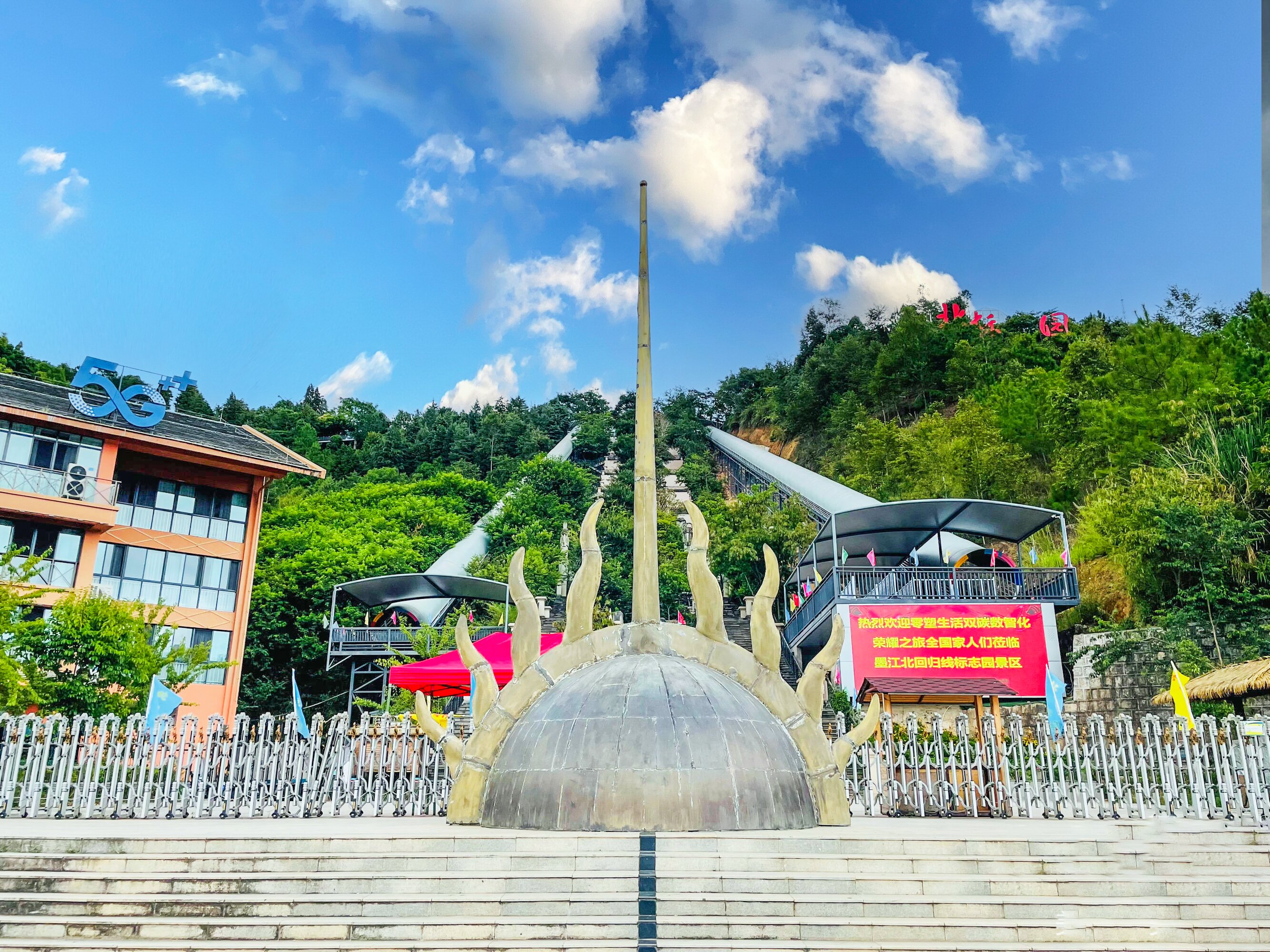
Moon Plaza
Echoing the Sun Square, it consists of a moon phase diagram and a crater diagram. The moon phase diagram shows in detail the shape of the moon seen on Earth every day of a month, and the crater diagram shows the distribution of craters on the moon as seen through the "First Mirror in Southern Yunnan". The entire square is cleverly laid out and rich in content, and is a masterpiece of ingenious integration of astronomical knowledge and physical architecture.
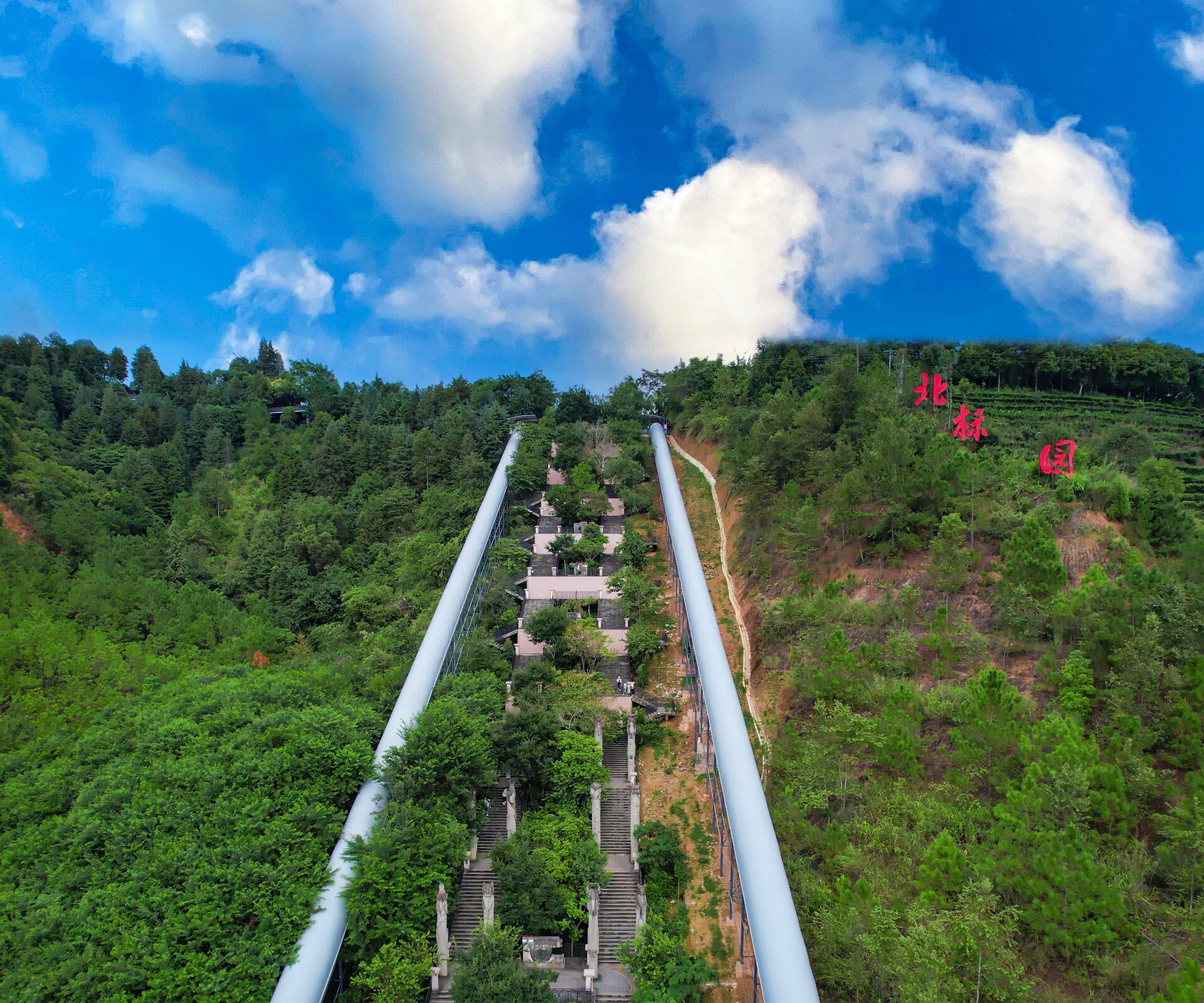
Flying Carpet
The overall spatial design is built on the original slope, achieving harmonious integration with the Souvenir nature, just like two long dragons soaring into the sky. In terms of the tourists' spatial experience, tourists can move in space by sitting on the magic carpet, slowly going up on the flying magic carpet, which moves at a constant speed, and the stable and comfortable viewing experience is magnified. The mysterious stone pillars and stone statues along the way are vaguely visible through the jungle, and you can travel in the beautiful scenery without moving.
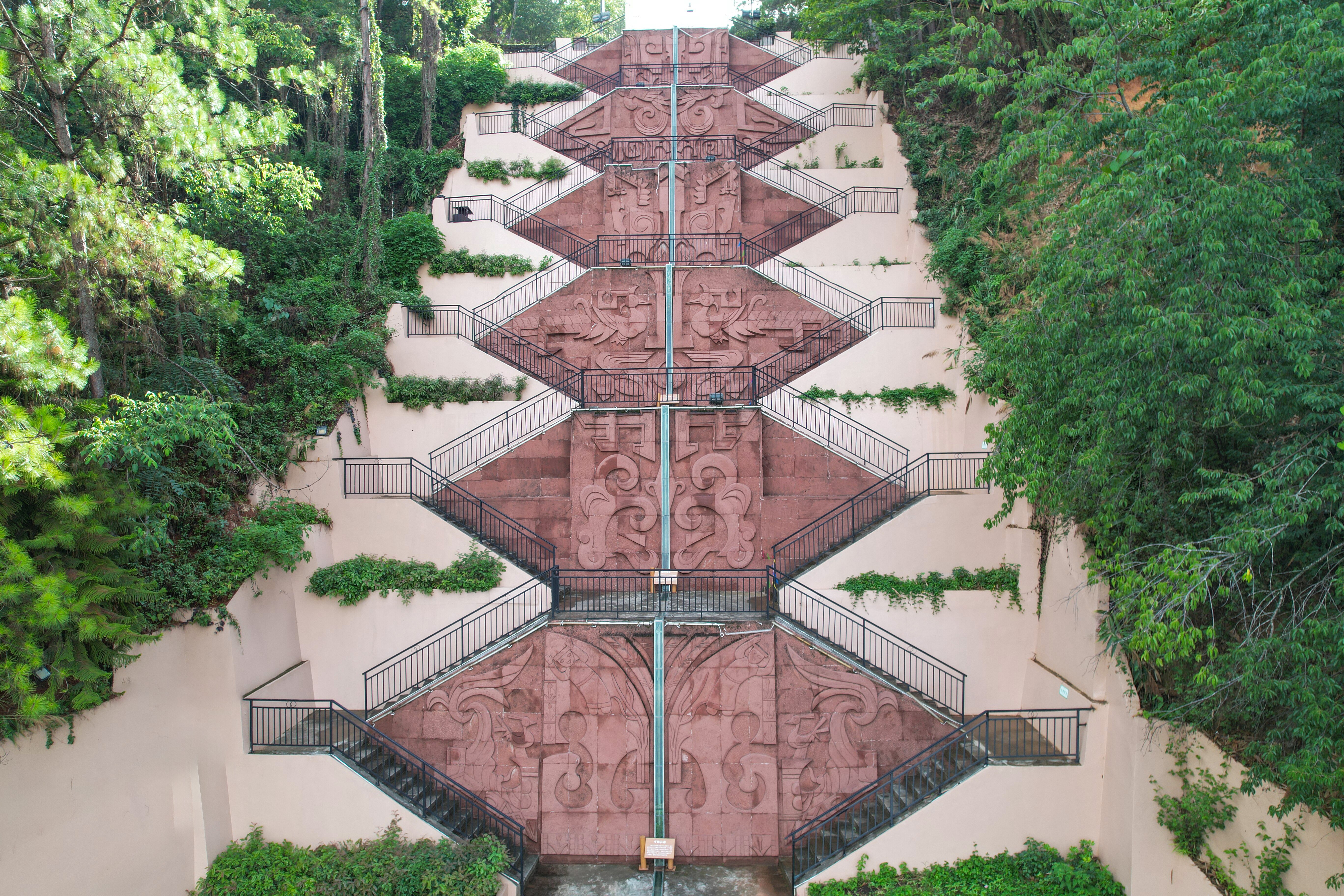
Cultural Stone Steps
From a distance, the steps symbolize the terraced fields of the Hani people, which are the fruits of the Hani people's hard work and wisdom. In the "terraces", there are mascots, iconic architectural statues and brief profiles of 19 countries and regions on the Tropic of Cancer. Most of these 19 countries are oceans and deserts, and only one of the few in Mojiang, China is an "oasis".
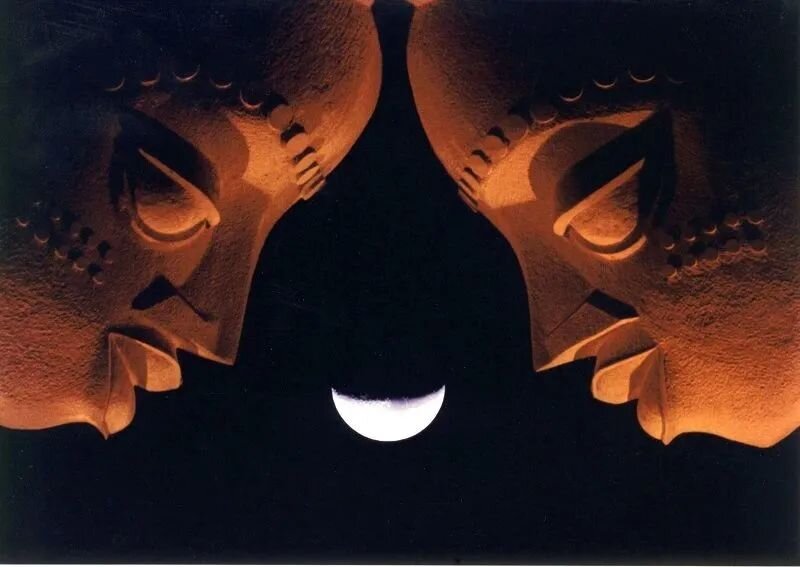
Gemini Plaza
The main sculpture is a young Hani couple, with the Hani woman holding a protruding belly. The couple bends their legs and holds offerings, praying to the gods to bless their twins to be born safely. Local water and soil nurture local people. In Mojiang, people drink twin water all year round, which is one of the important conditions for giving birth to twins. The Yin-Yang Well on the Gemini Square, the Tropic of Cancer just passes through the two wells. Couples who want to have twins should drink the Yin-Yang Water, sleep on the twin beds, and then tie a love lock.
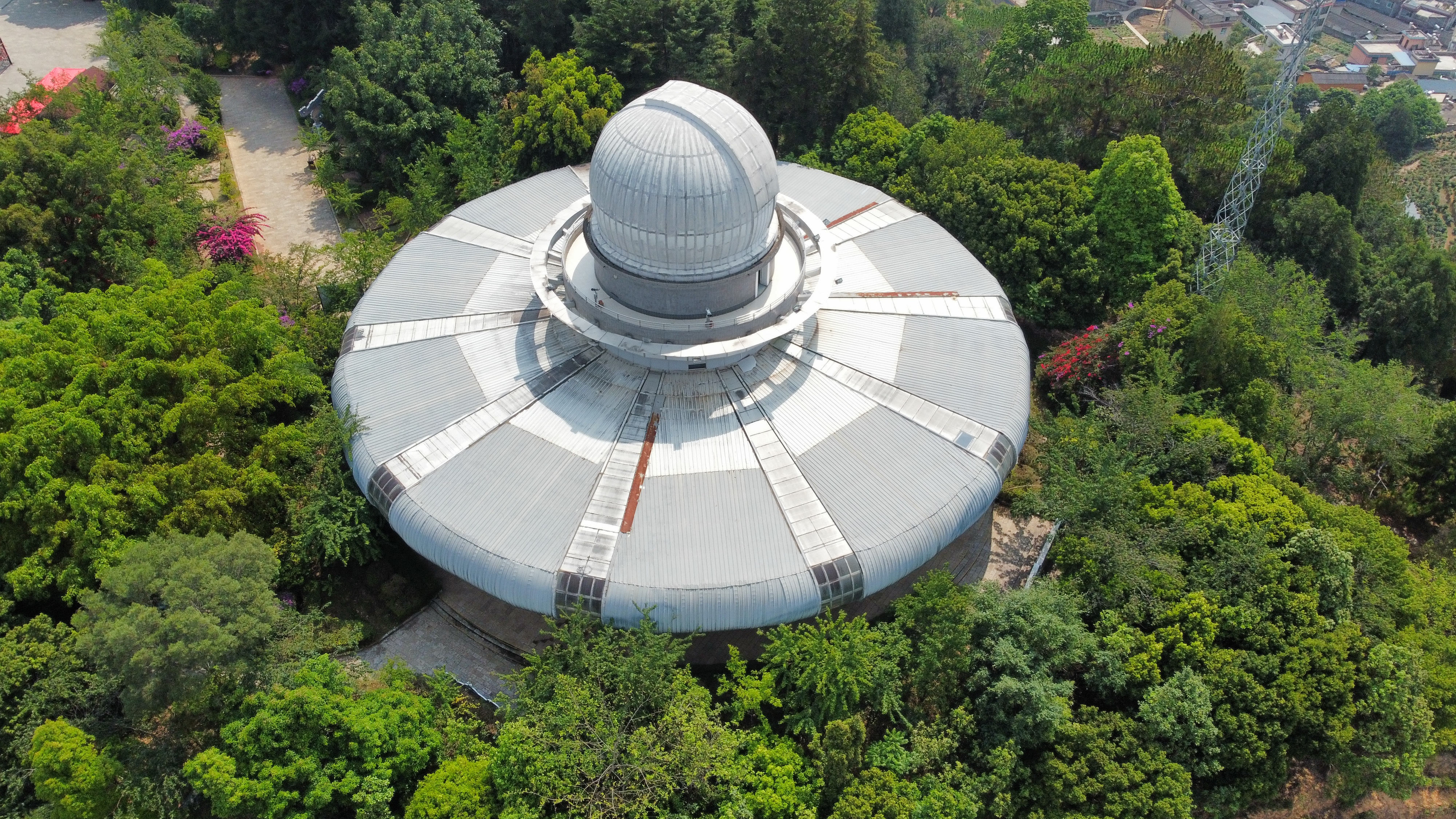
Mojiang Planetarium
The UFO-shaped planetarium is the largest and most comprehensive science museum on the Tropic of Cancer. It uses interactive and high-tech means such as sound and light to fully display the magical civilization, legends and phenomena on the Tropic of Cancer. The 40-centimeter-diameter astronomical telescope in the museum can explore the mysteries of the sun, moon and other planets in 360 degrees, and is hailed as the "No. 1 telescope in southern Yunnan" by many astronomy enthusiasts.
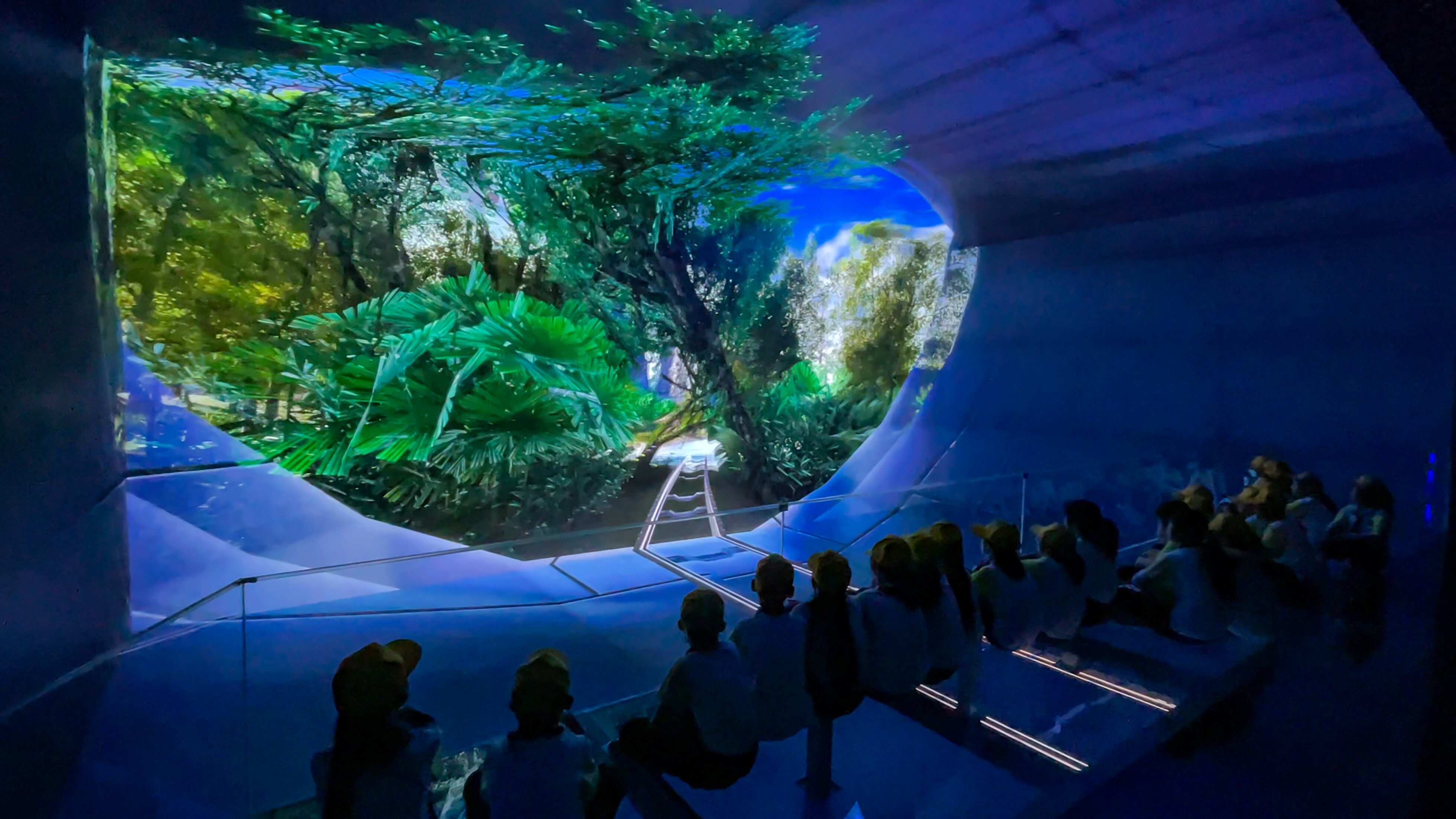
Glasses-free 3D Science Cinema
Using 3D film technology, the unique astronomical and geographical wonders, mysterious stories and legends on the Tropic of Cancer are realistically presented with high-tech means such as sound, light and electricity, allowing the audience to experience a new entertainment effect brought by simulating real scenes through multiple body senses such as vision, smell, hearing and touch, which is as if they were personally on the scene, thrilling, tense and exciting.
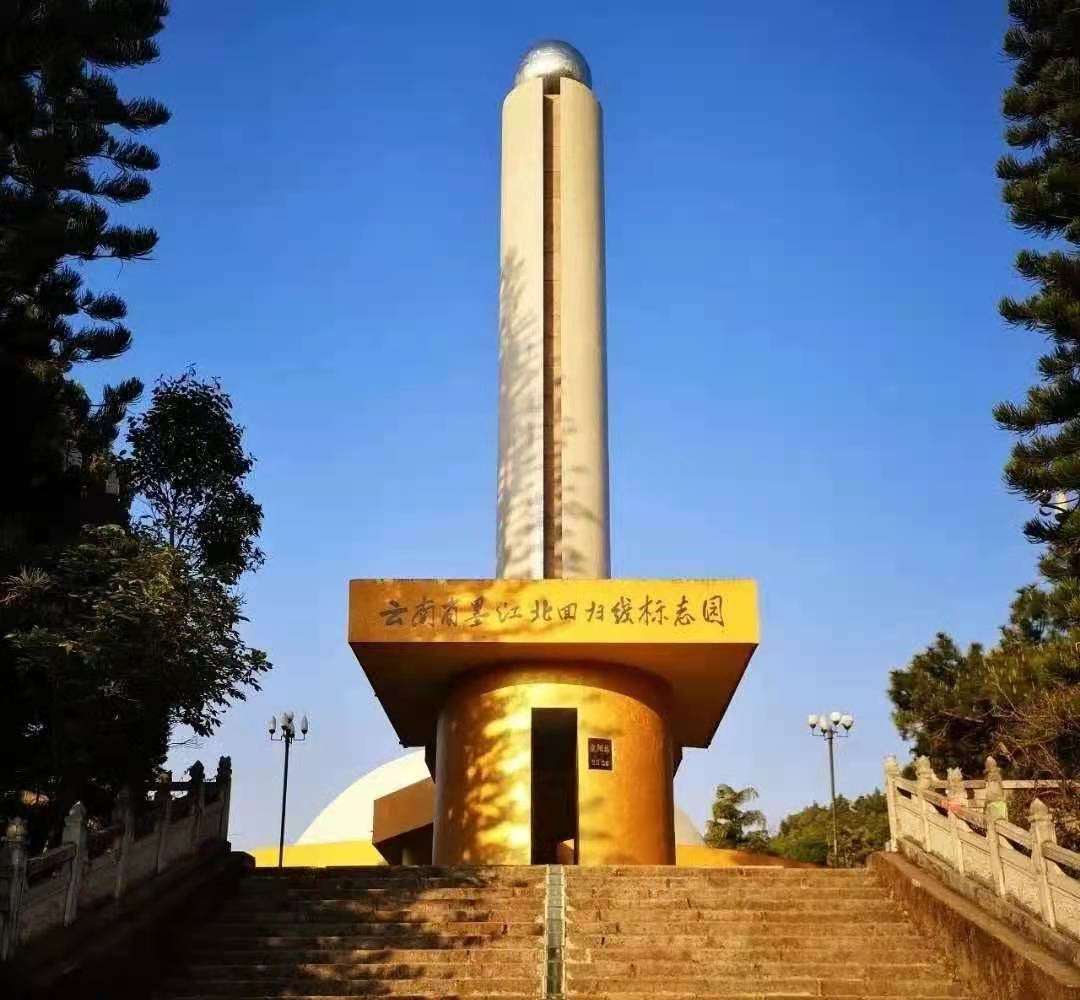
Main Tower
The height of the main tower is 23.26 meters, which is consistent with the latitude of the Tropic of Cancer. There is a "sun-peeping hole" on the top of the tower. On the summer solstice every year, the sun shines directly on the Tropic of Cancer at 101°41ˊ east longitude and 23°26ˊ north latitude. This is the day with the longest daylight in the northern hemisphere. The direct sunlight at noon on this day can shine directly onto the small copper plate in the tower through the sun-peeping hole, where you can very intuitively observe the astronomical wonder of "no shadow on the pole".
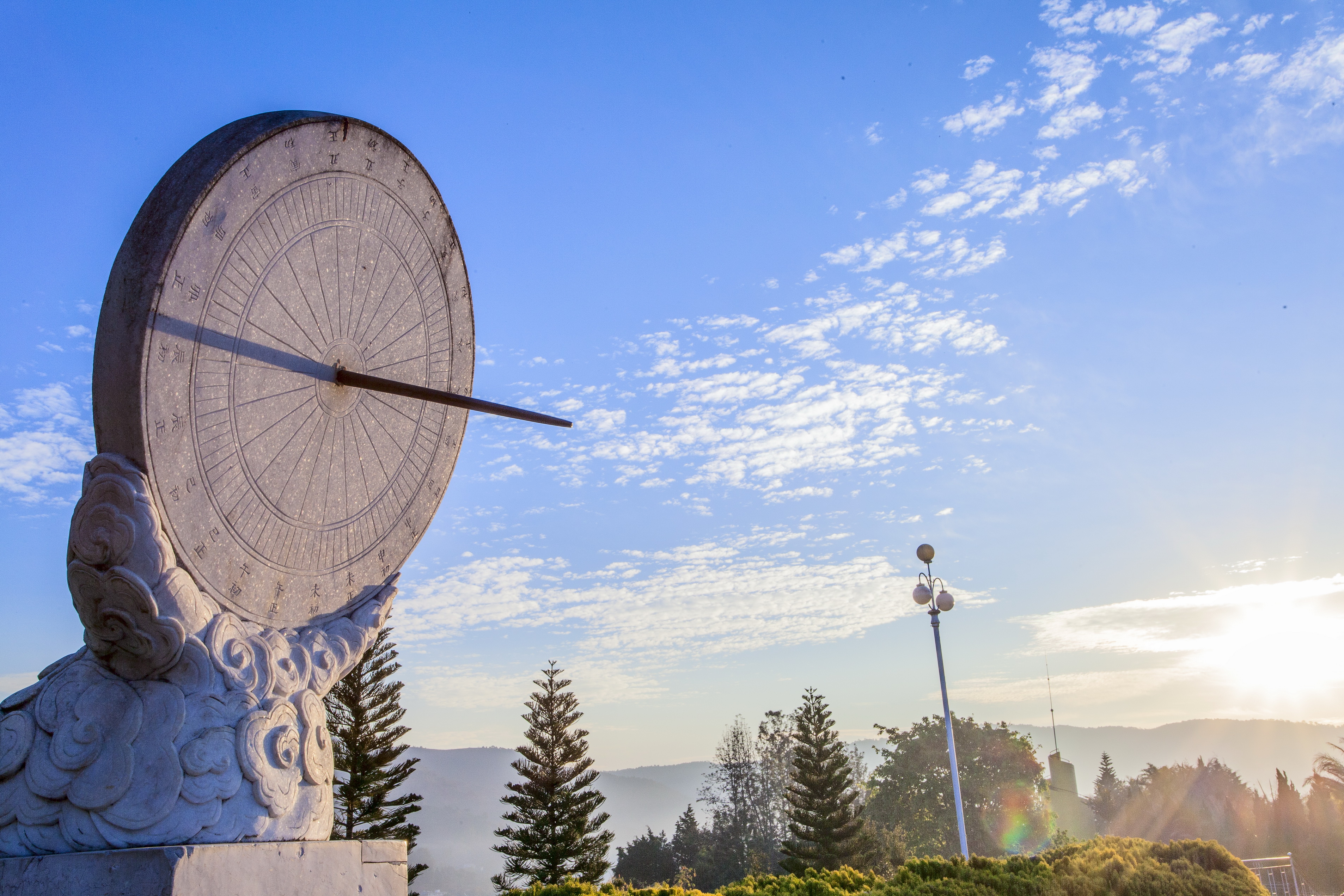
Sundial
A sundial is a timekeeping instrument in ancient my country that uses the shadow of the sun to measure time. A sundial consists of a pointer and a disk, and the disk is divided into 24 grids to represent the twelve hours. When sunlight shines on the disk, the shadow of the pointer will be cast on the corresponding hour on the disk, thereby displaying the local solar time of the day.
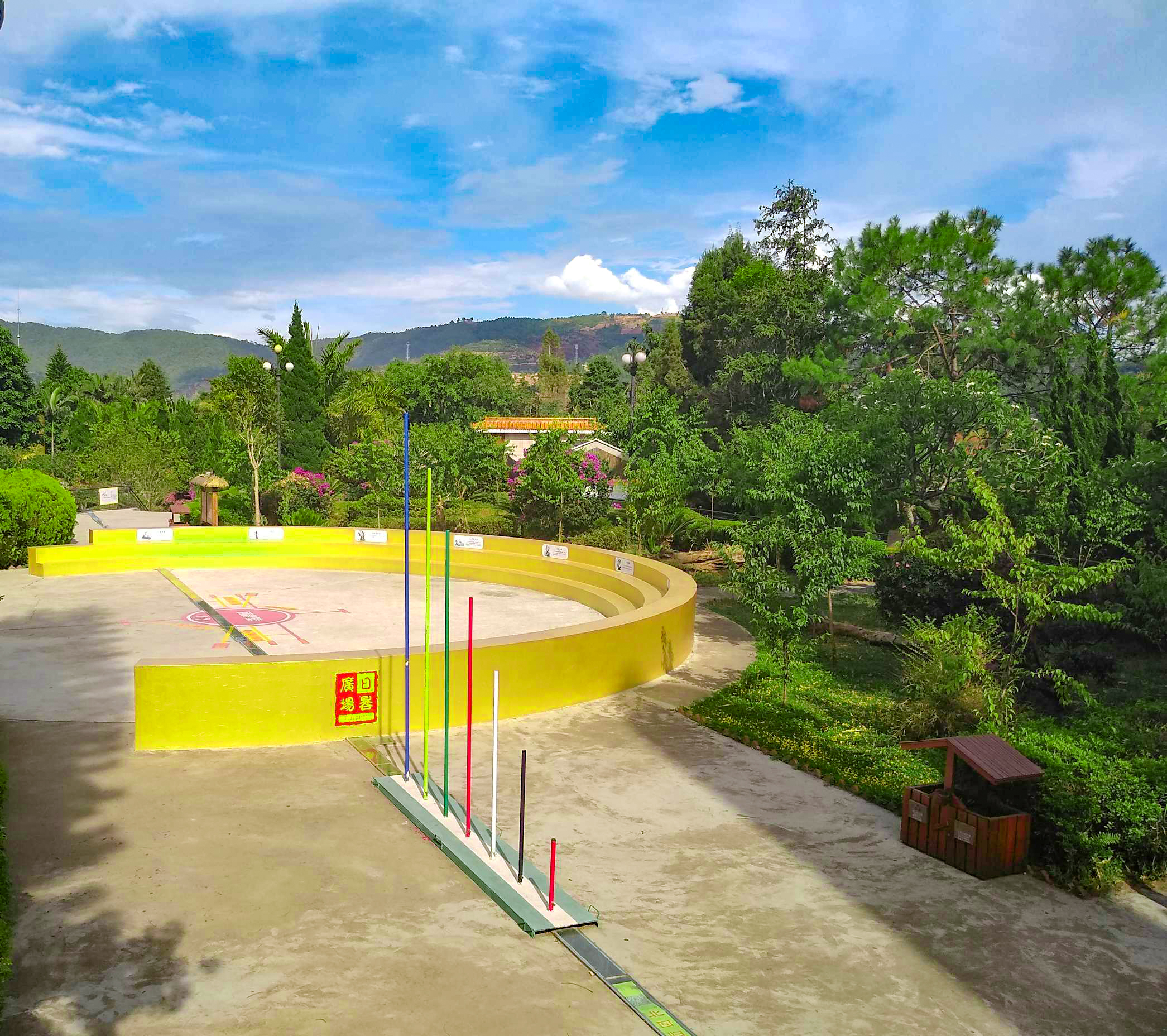
Whispering Gallery
In certain areas of nature, even a small sound will be clearly amplified, and the sound will be longer and continuous, which is quite interesting and creates a mysterious atmosphere of "communication between heaven and man". This area is called the "Echo Wall".
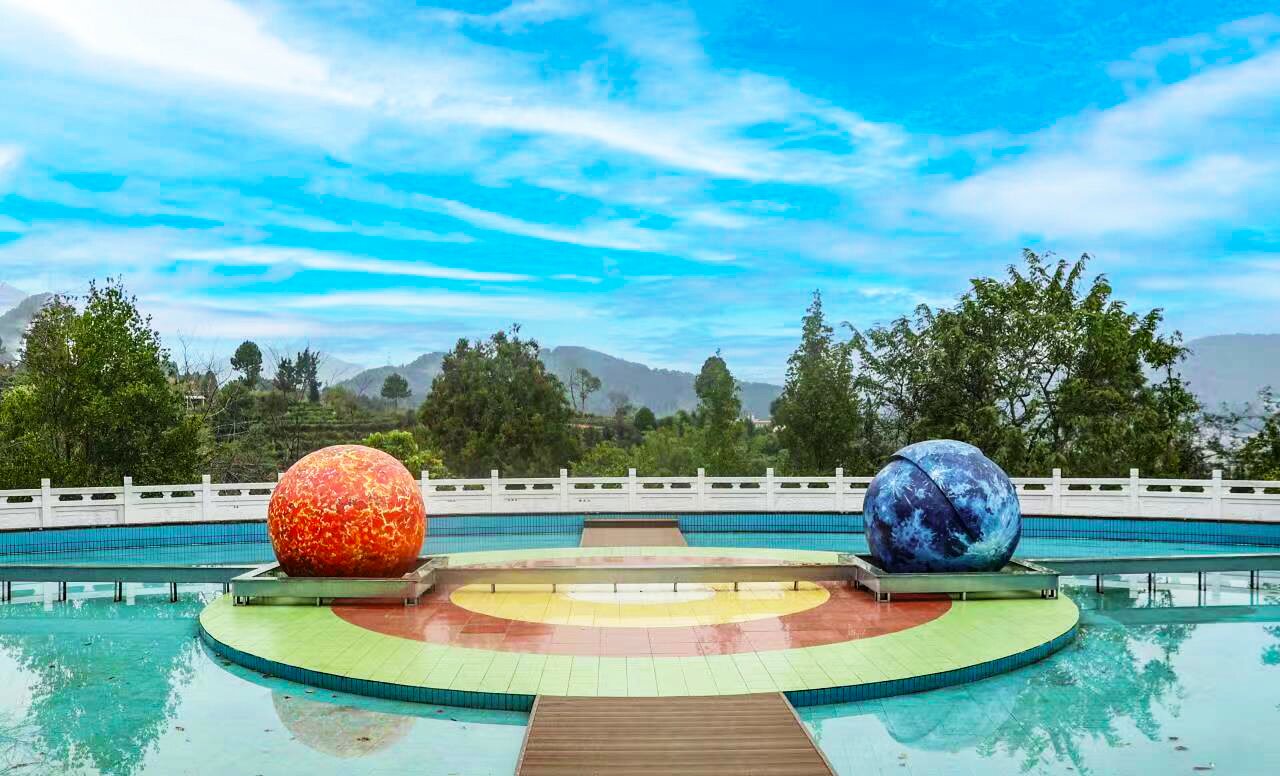
Sun and Moon shine together
In the center of the pool there are two marble balls weighing 16 tons each, representing the sun and the moon. During the Jiazi year, the sun, moon and earth revolve and rotate on the same line, so in Mojiang the sun will not set but the moon will begin to rise. Under the sunlight and moonlight, the two marble balls will produce projections in two different directions that are intertwined, thus forming a "sun and moon shining together" landscape.

Beyond the Tower
The tower is 23.26 meters high and consists of 81 steps. 23°26′ is the latitude of the Tropic of Cancer. The 81 steps represent that only by constantly overcoming various difficulties can one reach the peak of one's life and surpass oneself. The Hani people have passed down the tradition that if one walks through the tower from east to west on the Tropic of Cancer, one will be one year younger, which is what we call "traveling through the tunnel of time and space" today.
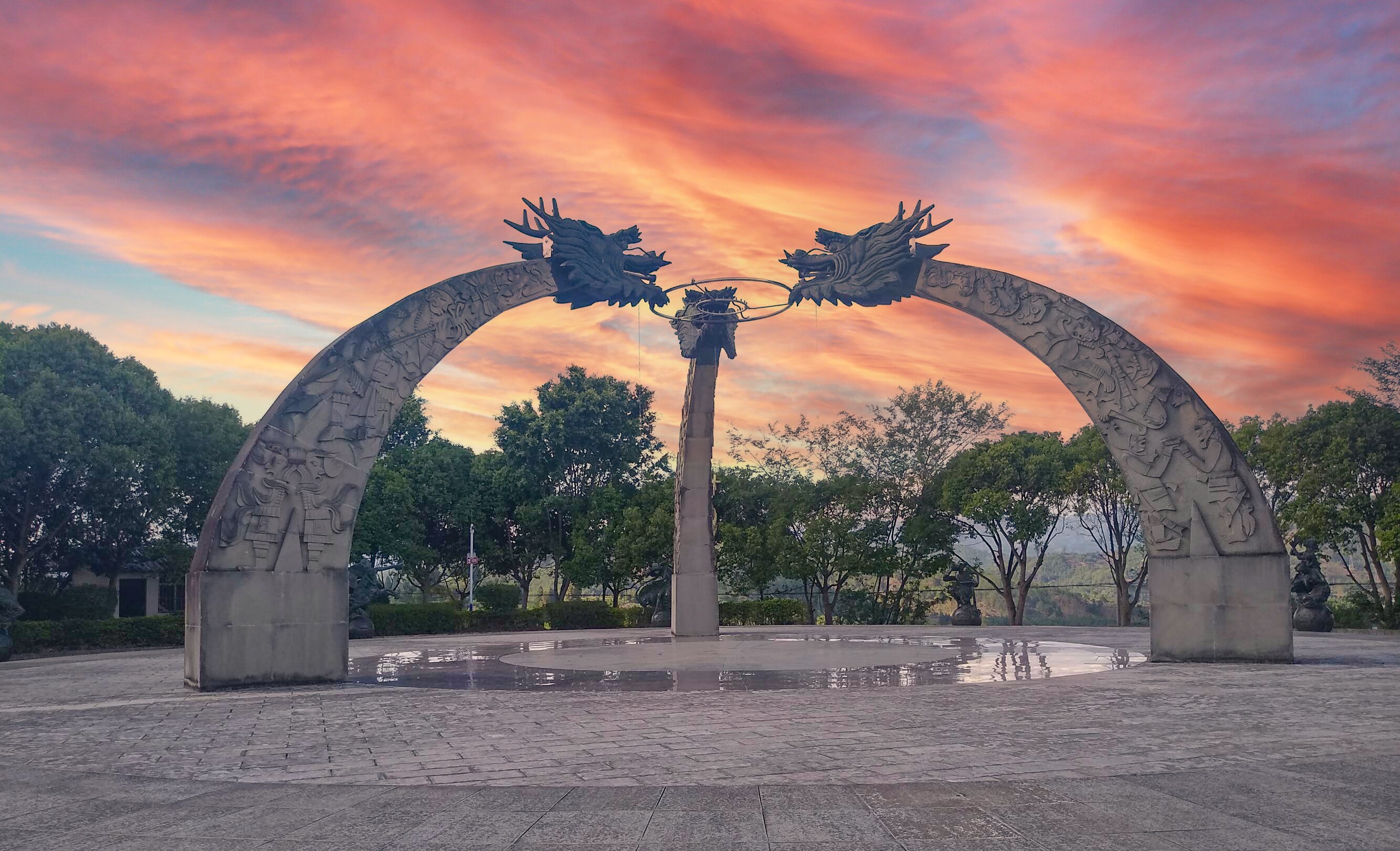
Hani Fire Station
The square where the Hani people hold the sacred fire-making ceremony. Three majestic dragons form the triangular stove commonly used in the fire pit of the Hani people's home. The Hani people are a nation of fire. The fire pit plays a very important role in the Hani family. It is the "core" of a family. The Seniors often tell the stories of their ancestors and teach the next generation about production and life by the fire pit. At the same time, they add firewood to the triangular stove while talking to prevent the "fire spirit" in the stove from dispersing and to bless the health and happiness of the whole family.
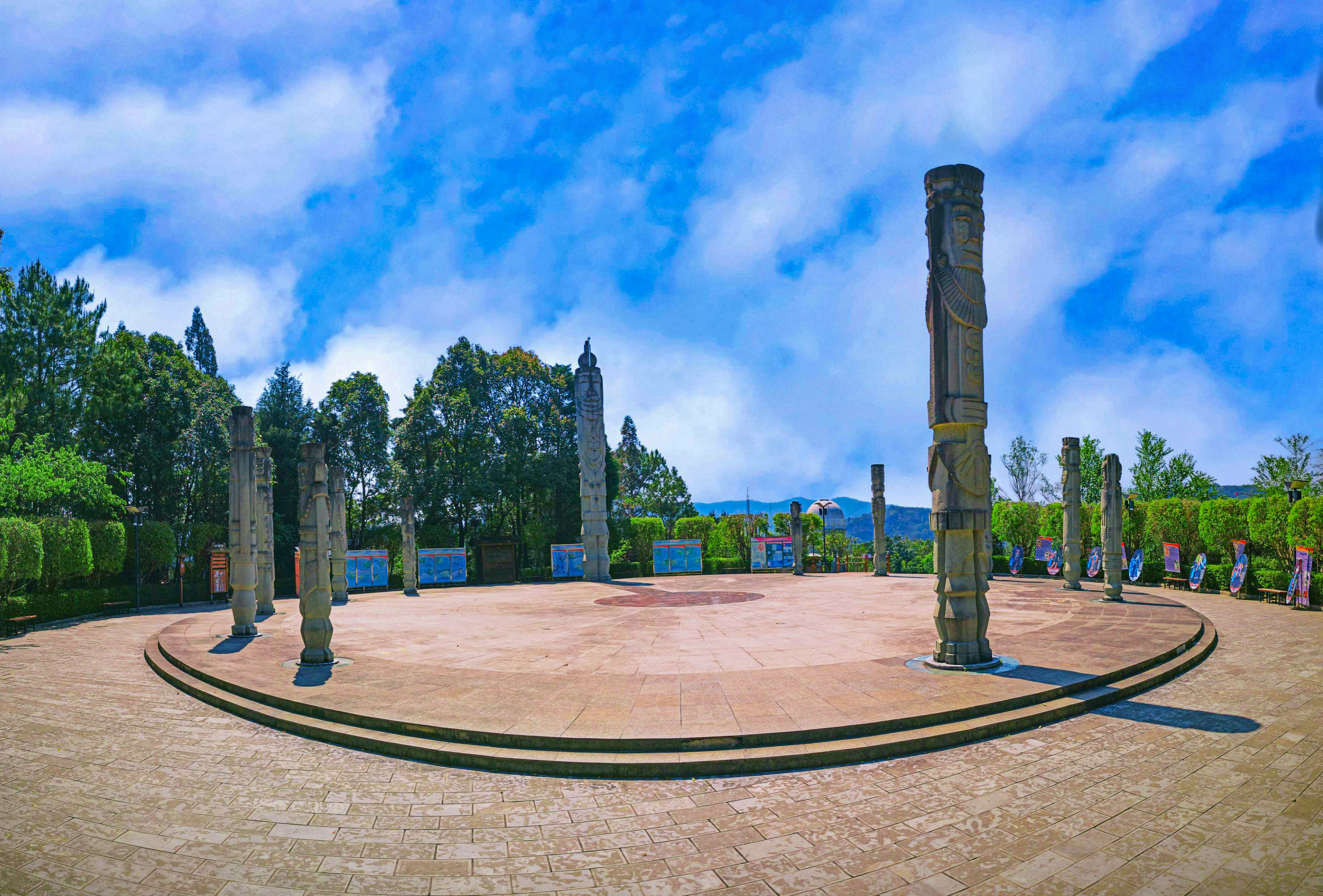
Stonehenge Square
The square is a gnomon for measuring the 24 solar terms. It is composed of 12 stone pillars of different lengths and shapes, representing the 12 months of the year. There is a metal ball on the south pillar. The projection at noon always moves on the purple-red line, which can be used to accurately infer the 24 solar terms. The 12 stone pillars also symbolize that the 12 branches of the Hani people live in unity and harmony in this magical and charming oasis on the Tropic of Cancer.
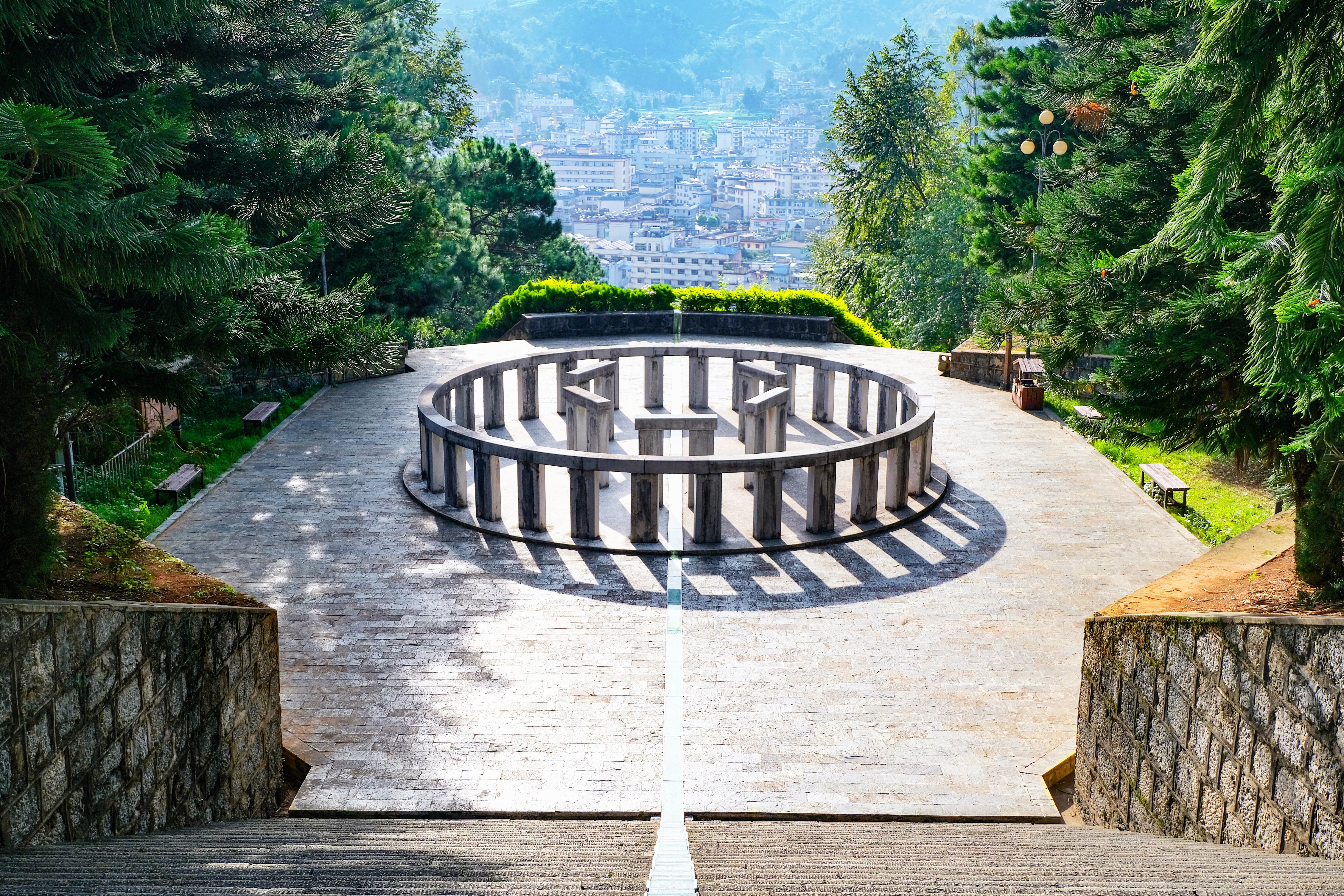
Stone Ring
The stone ring has a diameter of 32 meters and is composed of 69 bluestones arranged in a circle at a certain distance. The arrangement and spacing of stone pillars and stone gates are related to the shadows cast by the rising and setting of the sun and the moon during the 24 solar terms each year. The ancients inferred the coming and going times of the 24 solar terms in a year from the shadows cast by the rising and setting of the sun and the moon, and applied it to production and life to benefit mankind.
Kuafu Chasing the Sun
In order to subdue the sun and save his people, Kuafu chased the sun to Mojiang River and died of exhaustion. His skin turned into yellow soil, his hair turned into green fields, and his blood turned into rivers, forever watching over the northern land. The sun, unaware of the truth, only dared to come to Mojiang River and then turn back to the south. From then on, Mojiang River was called the place where the sun turned.
Five Elements Column Square
The five elements are gold, wood, water, fire and earth. In ancient times, the Hani people integrated the five elements with the calendar and invented an ancient calendar called the "October Solar Calendar" to calculate time. A year in the solar calendar is divided into five seasons, namely the gold, wood, water, fire and earth seasons. Each season has only two months, a month has 36 days, and a year has 360 days. The remaining 5 or 6 days are festivals for various celebrations. The Hani people celebrate two "years" every year. The summer "June Year" is called "Zhaza Festival" in Hani language. It is usually held on the first day of the fifth or sixth lunar month of the year of the pig or the rat. The festival lasts for 2-3 days. The main purpose is to offer sacrifices to the heaven and pray for a good harvest of grains in the year. The winter year is the "October Year" also called "Zela Hese", which usually starts on the first day of the tenth lunar month of the year of the dragon. It also lasts for 2-3 days. This festival is used to celebrate the harvest of grain.









